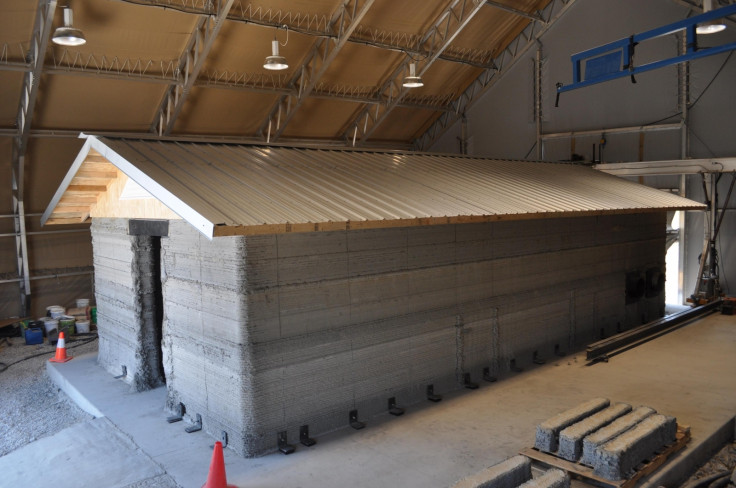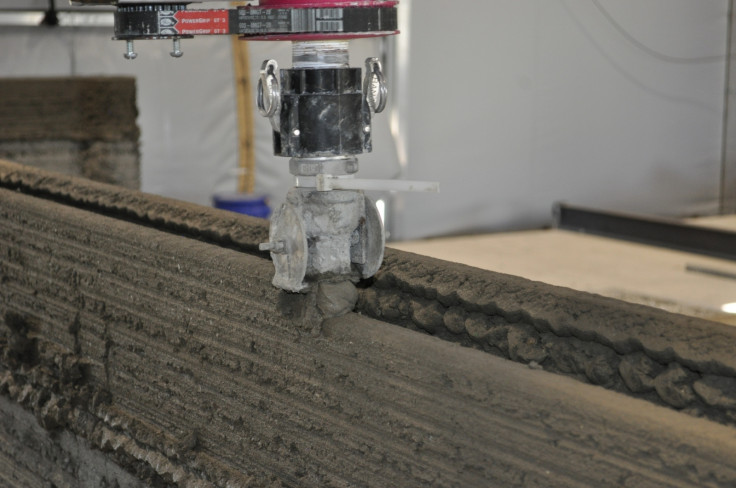Nasa helps US Army 3D print barracks spanning over 512 square feet from locally sourced concrete
Nasa was responsible for designing and delivering a dry goods delivery batching system used in the printing of the B-hut.

The US Army's Construction Engineering Research Laboratory (CERL) in partnership with Nasa has just 3D printed an entire 512 square feet concrete structure called the B-hut as part of a three-year program called Automated Construction of Expeditionary Structures (ACES) using additive printing technology.
"ACES provides a capability to print custom designed expeditionary structures on-demand, in the field, using locally available materials. ACES will allow the Army to print buildings and other required infrastructure, such as barriers, culverts and obstacles on location," Dr Michael Case, CERL ACES program manager, said.
Nasa's partnership apparently played a big part in making this tech more mobile. Nasa was responsible for designing and delivering a dry goods delivery batching system used in printing the B-hut.
CERL is also currently working with Nasa to create a third- generation concrete based printer that is expected to be delivered in the coming months. Nasa reportedly has plans to take 3D printing to outer space as well, making use of the tech to print parts and even food in long term missions.
According to reports, building materials that are normally shipped can be cut by half and manpower requirements for the construction of such semi permanent structures can be reduced by the army by 62% because of this technology.
US Army Corps of Engineers reports that the B-hut was printed using concrete that was sourced locally in a theatre of operation from readily available materials.
Apart from being a way to quickly and reliably put up structures in the field, it is reported that the army is also looking into the commercial aspects of ACES and have apparently established a cooperative research and development agreement with Caterpillar Inc to look into applications like disaster relief as well as conventional construction.
Recently, the US Navy showcased their largest ever printed object, a 30-foot-long seal delivery vehicle as well as a number of smaller tech like quadcopters, missile parts as well as helmets and other weapons. In a report filed by the US Army, they have mentioned an Additive Manufacturing Technology Roadmap that, "identifies current and future capabilities that are needed to enable AM and areas for collaboration" with other branches of service, they said.

© Copyright IBTimes 2025. All rights reserved.





















